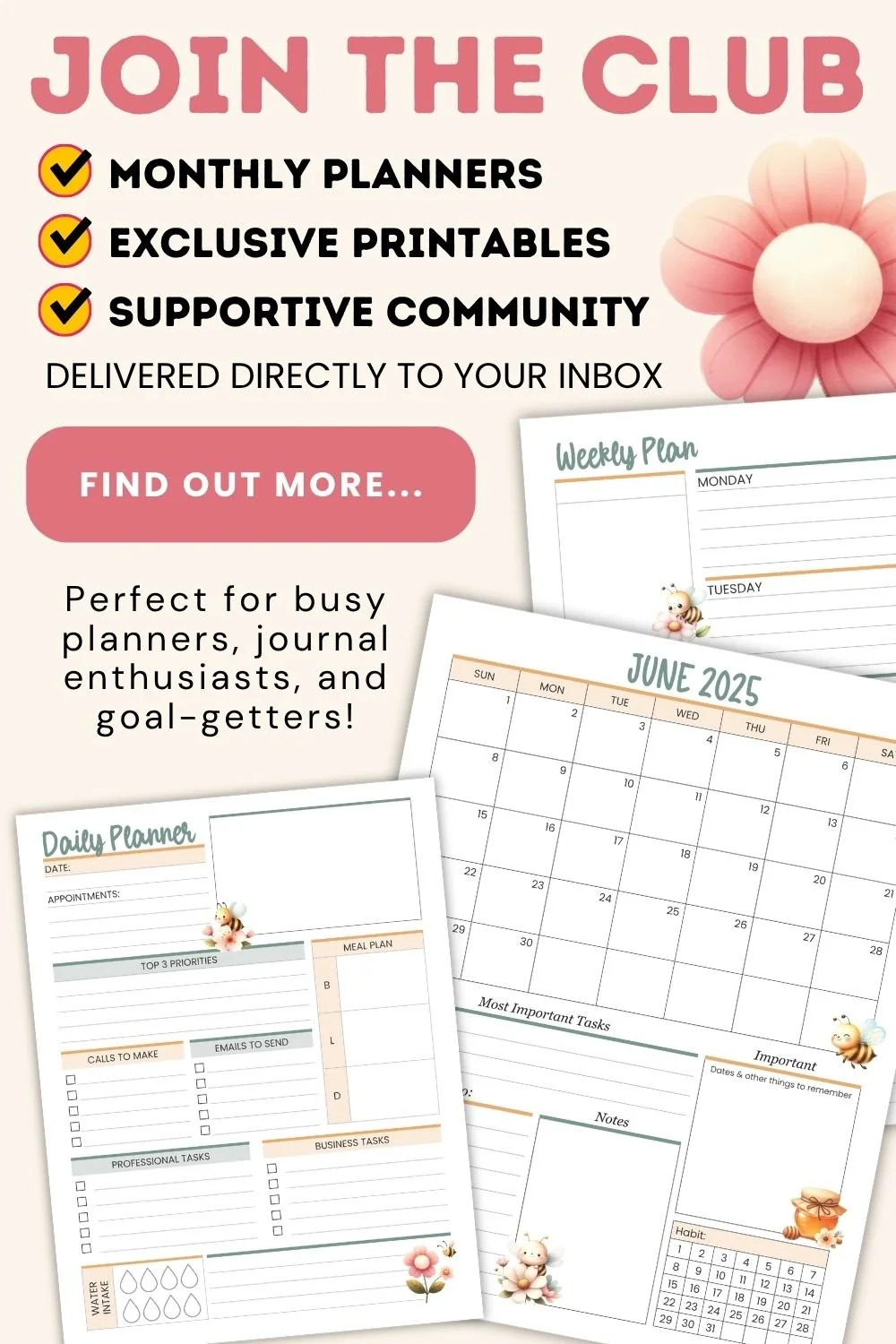How To Plan A Camping Trip: Essential Tips For Adventure Seekers
Choosing Your Camping Destination
Picking the right spot for your camping trip can make or break your outdoor adventure. Your destination sets the stage for the activities you'll enjoy and the memories you'll create.
Exploring National Parks and State Parks
National and state parks offer some of the best camping experiences. You'll find well-maintained campsites, clean facilities, and stunning natural beauty. Many parks have ranger-led programs to help you learn about local wildlife and nature.
To camp in these parks, you often need to book ahead. Some popular spots fill up months in advance, especially during peak season.
When choosing a park, think about what you want to see and do. Do you want to hike scenic trails? Spot rare animals? Swim in crystal-clear lakes? Each park has its own unique features.
Discovering Free Camping and Dispersed Camping
If you're on a tight budget or prefer a more rugged experience, free camping might be for you. Many national forests and Bureau of Land Management areas allow dispersed camping at no cost.
Dispersed camping means you can set up your tent almost anywhere. But remember, there are no facilities like bathrooms or running water. You'll need to be self-sufficient and follow Leave No Trace principles.
To find free camping spots, check out websites and apps designed for campers. They often have user reviews and tips about specific locations.
Considering Weather and Season
The time of year you go camping can greatly impact your trip. Summer is popular, but it can be hot and crowded. Spring and fall offer milder temperatures and fewer people.
Check the typical weather for your chosen spot. Mountain areas can be chilly even in summer. Desert regions might be too hot in July but perfect in April.
Think about wildlife too. Some areas have more active bears in spring. Others might have lots of mosquitoes in summer. Knowing what to expect helps you pack the right gear and stay safe.
Planning and Reservations
Getting ready for your camping adventure takes some preparation. You'll need to choose a campsite and decide what type of camping experience you want.
Making Your Campground Reservation
Start by picking a location for your trip. Look into state parks, national forests, or private campgrounds in areas you'd like to explore. Check their websites or call to find out when reservations open.
Popular spots fill up fast, so book early - especially for summer weekends and holidays. Many campgrounds let you reserve 6 months in advance.
When booking, consider:
Campsite type (RV, tent, etc.)
Amenities (water, electricity, bathrooms)
Nearby activities
Pet policies
Have a backup plan in case your first choice is full. Some parks keep a few sites for walk-ins if you're flexible.
Types of Camping to Consider
You have several camping styles to pick from:
Tent camping: The classic option. You'll sleep in a tent and cook over a fire or camp stove. It's budget-friendly and gets you close to nature.
RV camping: Brings the comforts of home to the outdoors. You'll have a bed, kitchen, and bathroom. Great for longer trips or if you like more amenities.
Backcountry camping: For the adventurous. You'll hike to remote sites and carry all your gear. It offers solitude and pristine wilderness.
Glamping: Luxury camping with comfy beds, fancy tents, and sometimes even room service. Perfect if you want to ease into outdoor life.
Packing the Essentials
Getting ready for your camping trip starts with packing the right gear. A well-planned packing list and proper equipment will make your outdoor adventure more enjoyable and safe.
Creating Your Packing List
Start by making a list of must-have items. Include basics like a tent, sleeping bags, and a first aid kit. Don't forget clothes for different weather conditions, including rain gear and thick padded cushioned socks.
Pack enough food and water for your trip. Bring a cooler to keep perishables fresh. Remember cooking supplies like a camp stove, pots, and utensils.
Bring lighting sources such as outdoor flashlights or headlamps with extra batteries. Pack matches or a lighter for starting campfires.
Include personal items like toiletries, medications, and sunscreen. A multi-tool or pocket knife can be very useful for various tasks at the campsite.
You can also use a printable Camping Planner to help keep your plans organized and on track.
Selecting Appropriate Camping Gear
Choose gear that fits your camping style and the environment you'll be in. For backpacking trips, opt for lightweight, compact items. Car camping allows for bulkier, more comfortable gear.
Pick a tent that's the right size for your group and suitable for the expected weather. Select sleeping bags rated for the temperatures you'll face.
Invest in a good quality camp stove for cooking meals. If you're hiking, get sturdy, comfortable boots and a properly fitted backpack.
Consider renting or borrowing gear for your first few trips. This lets you test different items before buying your own.
Remember to check and test all your gear before leaving home. This helps avoid surprises at the campsite.
Setting Up Your Campsite
Picking a good spot and setting up your campsite properly are key to a fun camping trip. Here are some tips to help you create a comfortable and safe home away from home in the great outdoors.
Tent and Shelter Setup
Find a flat, dry area to pitch your tent. Clear away rocks and sticks that could poke through the floor. Face your tent door away from the wind if possible.
Stake down your tent securely. Use all the guy lines to keep it stable in windy conditions. Put a tarp under your tent for extra protection from moisture.
If you have an RV or camper, look for a level spot to park. Use leveling blocks if needed. Hook up to power and water if available at your campsite.
Set up a tarp or canopy for extra shelter from sun and rain. This gives you a dry place to hang out outside your tent.
Campsite Maintenance and Safety
Keep your campsite tidy. Put away food and trash to avoid attracting animals. Use bear-proof containers or hang food in a tree if needed.
Set up a designated area for cooking away from your tent. Use a camp stove or fire ring following all fire safety rules.
Bring a first aid kit and keep it handy. Know where the nearest help is located in case of emergency.
Check your site daily for hazards like dead branches overhead. Move gear inside at night and when you leave camp.
Leave No Trace Principles
Pack out all your trash. Leave your campsite cleaner than you found it.
Use existing fire rings or camp stoves instead of making new fire pits. Keep fires small and fully extinguish them.
Stay on marked trails and campsites to avoid damaging plants. Don't carve on trees or remove natural objects.
Use biodegradable soap and dispose of waste water away from water sources. Use designated bathrooms or dig catholes for human waste.
Respect wildlife by observing from a distance. Never feed animals or leave food out where they can get it.
Camping Activities and Enjoying Nature
Spending time in nature is one of the best parts of camping. There are lots of fun outdoor activities you can try. Let's look at some popular ways to enjoy the wilderness on your camping trip.
Hiking and Exploring Trails
Hiking is a great way to see beautiful scenery and get exercise. Look for trails near your campsite that match your skill level. Easy nature walks are good for beginners. More challenging hikes can take you to amazing views.
Bring a map and compass to stay on track. Wear sturdy shoes and bring water. Take breaks to enjoy the sights and sounds of nature. You might spot colorful wildflowers or interesting rocks along the way.
Try to find a trail that leads to a cool destination. A waterfall, lake, or mountain peak can make your hike extra special. Remember to follow Leave No Trace principles to protect the environment.
Wildlife Watching and Photography
Camping trips give you the chance to see animals in their natural homes. Bring binoculars to spot birds and other wildlife. Early morning and dusk are good times for animal watching.
Stay quiet and still to avoid scaring animals away. Never feed wild animals or get too close. Use a zoom lens on your camera to take photos from a safe distance.
Look for animal tracks in mud or sand. You might see deer, rabbits, or even bear prints. Bring a guidebook to help you identify different species. Listening for animal sounds at night can also be fun.
Canoeing and Water Recreation
If your campsite is near a lake or river, try some water activities. Canoeing is a peaceful way to explore. You can rent canoes at many campgrounds. Make sure to wear life jackets and follow safety rules.
Fishing is another popular camping activity. Get the right permits and bring your gear. You might catch your own dinner! Swimming is fun too, but only in safe, designated areas.
Look for pretty spots along the shore to relax or have a picnic. Skipping rocks can be a fun challenge. Remember to pack out any trash to keep the water clean for wildlife.
Camp Cooking and Meals
Good food makes camping more fun. You can cook tasty meals outdoors with some planning and the right gear.
Planning Your Camp Meals
Think about what you'll eat before your trip. Make a list of meals and snacks for each day. Pick foods that are easy to pack and won't spoil quickly. Sandwiches, trail mix, and fruit are great for lunch and snacks.
For dinners, try simple one-pot meals like stews or pasta. Foil packet meals are easy to cook over a fire. You can prep ingredients at home to save time at camp.
Bring extra food in case your trip lasts longer than planned. Don't forget drinks and plenty of water.
Camp Kitchen Essentials
Pack the right tools to make cooking easier. A camping stove is very useful, especially if campfires aren't allowed. Bring fuel and matches too.
You'll need pots, pans, and utensils. A cutting board, knife, and can opener are handy. Don't forget plates, cups, and eating utensils.
Other helpful items:
Cooler for perishable foods
Water jug
Dish soap and sponge
Trash bags
Aluminum foil
Ziplock bags
Storing Food and Keeping Clean
Keep your food safe from animals and the weather. Use a cooler for items that need to stay cold. Put dry goods in sealed containers.
At night, store all food away from your tent. Use a bear-proof container if you're in bear country.
Wash dishes after every meal. Use biodegradable soap and dispose of dirty water away from water sources.
Keep your camp clean to avoid attracting animals. Pack out all trash and leftover food.
Here are a few more posts you might like:
Free Printable Library Book Tracker: Keep Tabs on Your Reads
Effective Monthly Reviews: Questions to Keep You Accountable
See my Link Party Directory for a current list of blog parties I attend each week.
FOR PERSONAL USE ONLY – Please Read Freebies Terms of Use
(This post may contain affiliate links. For more information, see my disclosures here)
~ SHARE THIS POST ~
Did you like this post? Do you know someone else who might enjoy it? Please take a minute to share it on Pinterest, Facebook, or your favorite social media… Thank you!






















